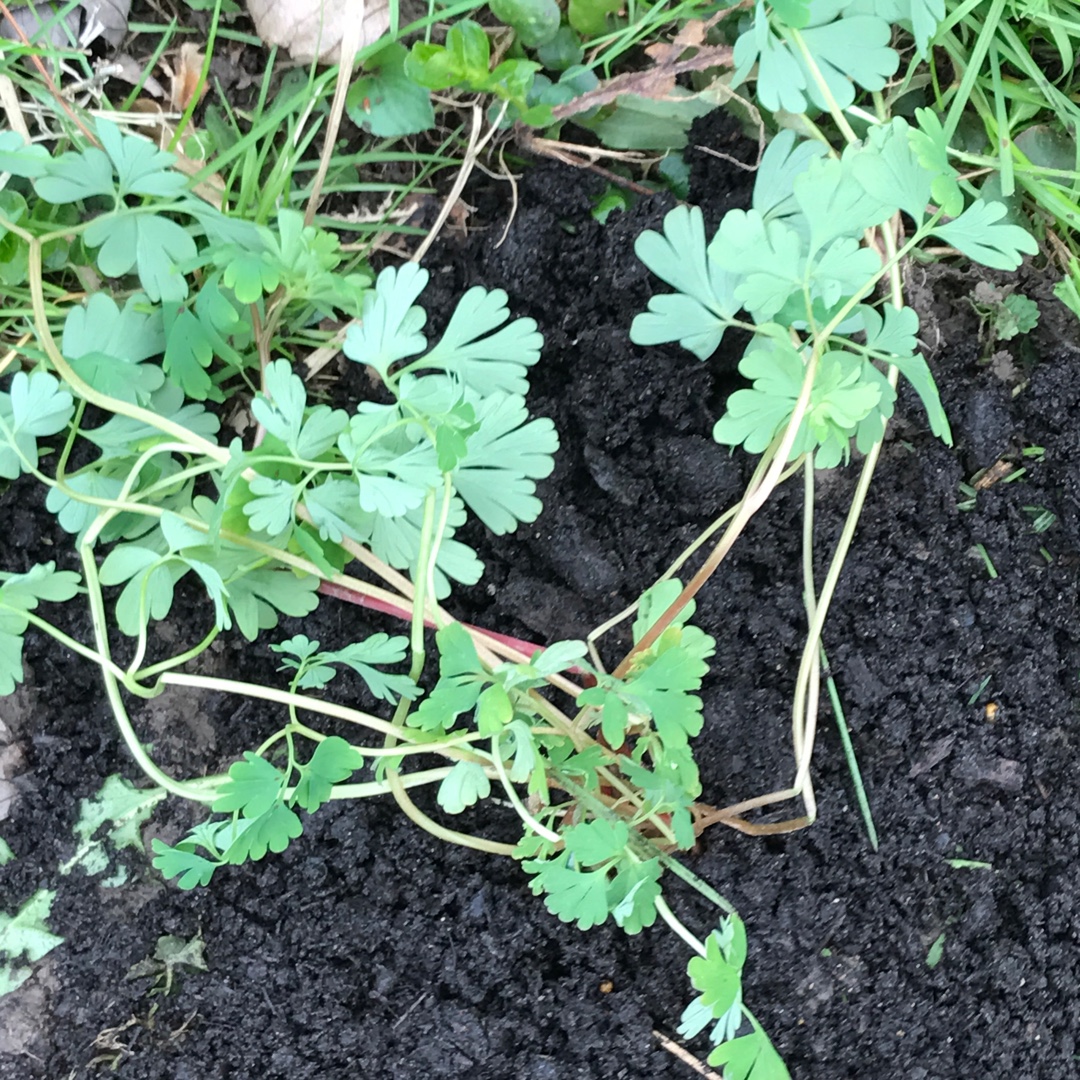
Corydalis 'Blue Line'
Bleeding Heart 'Blue Line'
Corydalis are a genus of short-lived perennial plants with fern-like foliage and are suited to a wide range of garden habitats. The flowers cover a wide variety of colours and are tubular, and are held perpendicular to the foliage. They can be prone to mildew and rust. Corydalis usually grows wild in shade along the edges of woodlands. The flowers of the herb are hermaphrodite in nature, possessing male as well as female organs and appear from early summer to early autumn. Corydalis 'Blue Line' sports honey-fragranced, electric-blue flowers from spring until early autumn and holds onto its interesting foliage up until the first frost.
Contributed by @ambitiouswolf
-
Full sun to partial shade
-
Very little water
-
Full Frost Hardy: 5F (-15°C)
-
Moist and free draining
Common name
Bleeding Heart 'Blue Line'
Latin name
Corydalis 'Blue Line'
type
Perennial
family
Papaveraceae
ph
7.0 - 8.0 Acid - Neutral
Plant & bloom calendar
-
Best time to plant
full grown dimensions
 0.80 M
0.45 M
0.80 M
0.45 M
Corydalis 'Blue Line'
Corydalis are a genus of short-lived perennial plants with fern-like foliage and are suited to a wide range of garden habitats. The flowers cover a wide variety of colours and are tubular, and are held perpendicular to the foliage. They can be prone to mildew and rust. Corydalis usually grows wild in shade along the edges of woodlands. The flowers of the herb are hermaphrodite in nature, possessing male as well as female organs and appear from early summer to early autumn. Corydalis 'Blue Line' sports honey-fragranced, electric-blue flowers from spring until early autumn and holds onto its interesting foliage up until the first frost.
Propagation by division.
From Early Spring TO Early Spring
Corydalis plants can be propagated by carefully dividing established clumps in early spring.
Propagation by seed
From Late Autumn TO Early Spring
Seeds should be sown directly in the garden where they are to grow, in the autumn. To start your seeds indoors, they will need to be stratified in the refrigerator for a month before sowing them, then maintain a temperature of 65°-75° within the growing medium for germination in 15-30 days.
Planting young plants
From Early Spring TO Early Spring
Plant Corydalis in full sun or partial shade and moist but well-drained, organically-rich soil. It prefers a neutral or alkaline pH soil as well. Planting them in a moist, shady area where summer temperatures are hot may help prevent summer dieback.









